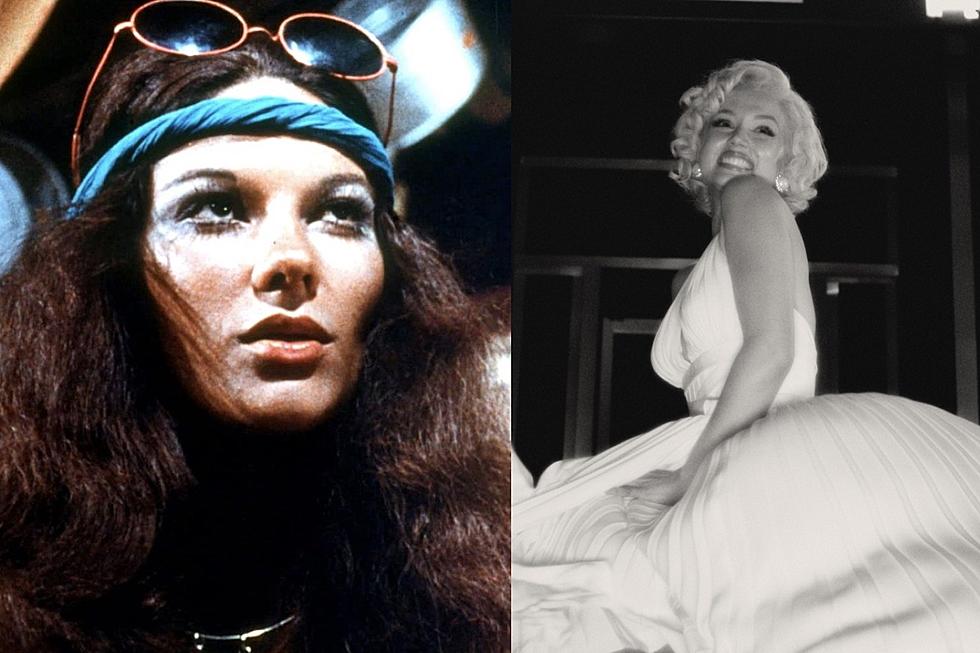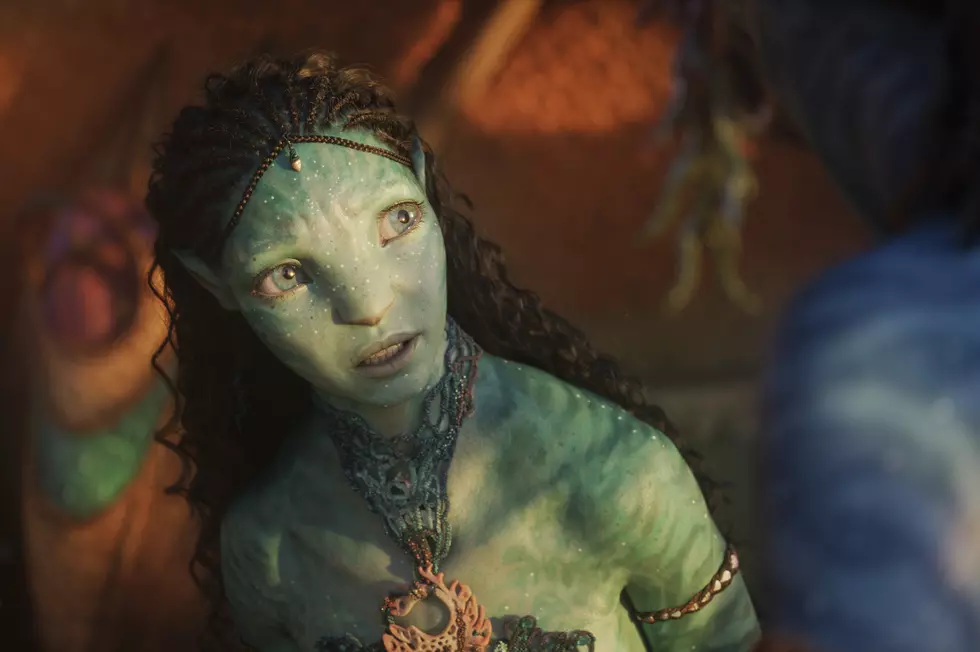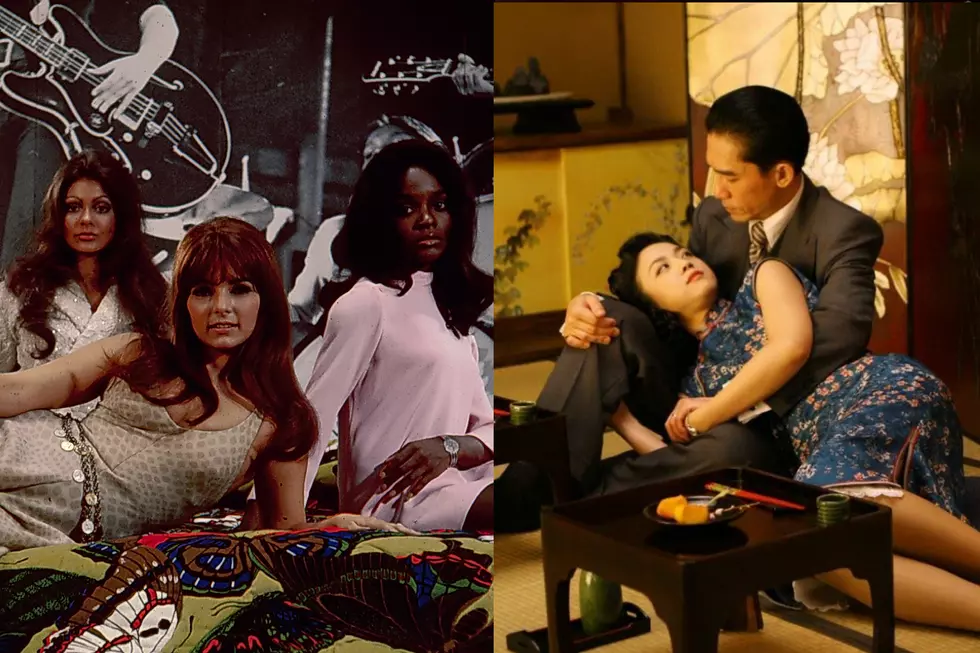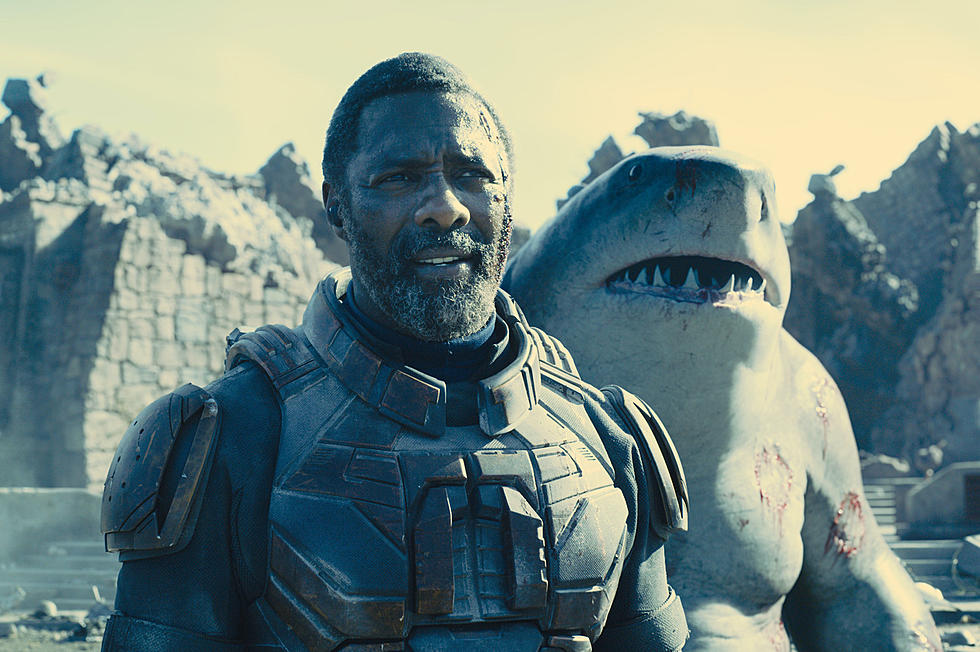
The MPAA Defends Rating System Against Critics
After controversy and criticism, the Motion Picture Association of America has upheld its ratings system, justifying it by saying parents like it.
A study by the Annenberg Public Policy Center and Ohio State University has shown that gun violence in popular PG-13 rated films has tripled since the rating’s creation in the mid 1980s, with the number of gun violence scenes matching or surpassing many R rated films. In response to the studies, Joan Graves, head of the MPAA's ratings board, said,
We try to get it right. The criticism of our system is not coming from the parents, who are the people we're doing this for.
The criticism Graves is referring to is the commonly held belief that the MPAA is more accepting of violence than sexuality or even vulgarity. For many films, such as the recent documentary Bully, the use of “the F word” more than once, regardless of the intent or context, can result in the R rating. But for Graves and the MPAA, as long as the parents are complaining, they feel they are doing their job,
We're certainly listening on the sexuality and the language. We'd be very interested in adjusting violence if in fact we were hearing from them we're getting it wrong. They don't seem to think that.
The MPAA claims that they are not policing or censoring films, but issuing warning labels about the films’ content. However, the MPAA will inform film makers what scenes and/or dialogue must be cut in order to receive a desired rating. A great deal of the criticism comes from such film makers who feel their creations are in fact being censored, or they will be given a rating that will prevent their film from reaching a broad audience due to parental restrictions. The ratings system is voluntary, but many theaters are reluctant to carry unrated films for business concerns.
The PG-13 rating was created after backlash over frightening films like Gremlins that weren’t worthy of an R rating, but too intense for PG.
via Huffington Post
More From 92.9 NiN









